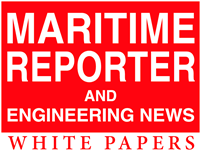

Although a 150-foot yacht is big, the spaces inside to do repair or replacement work are still very small. That’s exactly why the crew at Engineered Yacht Solutions in Fort Lauderdale, Florida, used Viega for a recent pleasure motor yacht job, as well as many others.
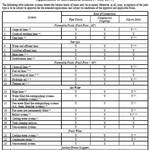
Traditional pipe-joining methods for shipbuilding are time-consuming and can pose significant safety concerns with the use of a torch or flame for welding and brazing pipe connections. Along with safety concerns, these methods present efficiency, labor and regulatory challenges. These challenges and concerns can be solved with the installation of mechanically attached fittings (MAFs), rather than pipe fittings that require welding or brazing. Advances in technology mean there are an array of fittings for installations and repairs for a variety of materials. These types of innovative fittings are versatile and can provide consistent connections without the need for fire watches or hot work permits. They promote substantial labor reduction with consistent first time quality and simplified testing/commissioning of systems.
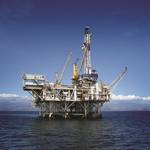
In the marine market, tight deadlines and budget constraints are common obstacles to overcome. Even finding a qualified welder for a marine application is a challenge, so being able to join pipe without flame can make all the difference in the marine world. Reducing time spent on repairs and labor expenses means you can focus on doing your job and keeping your crew safe. However, when dealing with a work environment that involves floating on a volatile sea, it can be difficult to ensure safety and precision while operating ocean-based support vessels, drill ships and oil platforms.
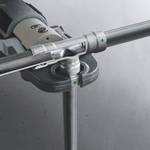
In the marine market, tight deadlines and budget constraints are common obstacles to overcome. Even finding a qualified welder for a marine application is a challenge, so being able to join pipe without flame can make all the difference in the marine world. Reducing time spent on repairs and labor expenses means you can focus on doing your job and keeping your crew safe. However, when dealing with a work environment that involves floating on a volatile sea, it can be difficult to ensure safety and precision while operating ocean-based support vessels, drill ships and oil platforms.
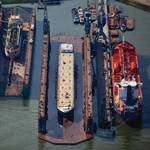
By operating on both land and water, marine repairers and equipment installers tackle a variety of tasks from general maintenance and repair, to upgrading and installing state-of-the-art systems and equipment. Along with these tasks comes a wide array of maritime risk exposures, both large and small, which the business owner needs to adequately address.